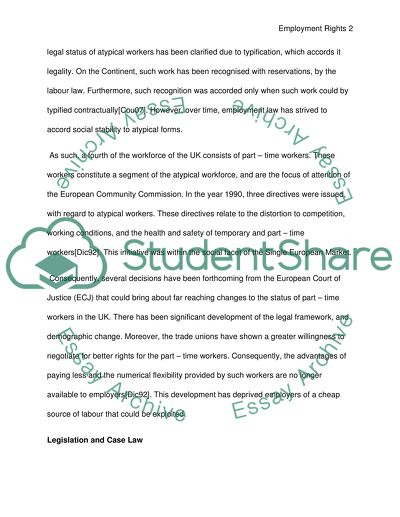Cite this document
(“Employee Law and Relations Essay Example | Topics and Well Written Essays - 2500 words”, n.d.)
Retrieved from https://studentshare.org/miscellaneous/1607059-employee-law-and-relations
Retrieved from https://studentshare.org/miscellaneous/1607059-employee-law-and-relations
(Employee Law and Relations Essay Example | Topics and Well Written Essays - 2500 Words)
https://studentshare.org/miscellaneous/1607059-employee-law-and-relations.
https://studentshare.org/miscellaneous/1607059-employee-law-and-relations.
“Employee Law and Relations Essay Example | Topics and Well Written Essays - 2500 Words”, n.d. https://studentshare.org/miscellaneous/1607059-employee-law-and-relations.


